When planning a home build or renovation, it’s easy to focus on design trends, material choices, and budget considerations. Sometimes, the furry members of your household can get lost in the mix. Pets are cherished family members in most Australian homes, yet their needs are often overlooked during construction projects. Here are some practical ways to keep your pets happy during and after your building project.
Creating a Construction Sanctuary for Your Pet
Construction zones are inherently stressful environments for animals. The constant parade of unfamiliar people, startling noises, and potentially harmful materials can trigger anxiety or even pose safety risks.
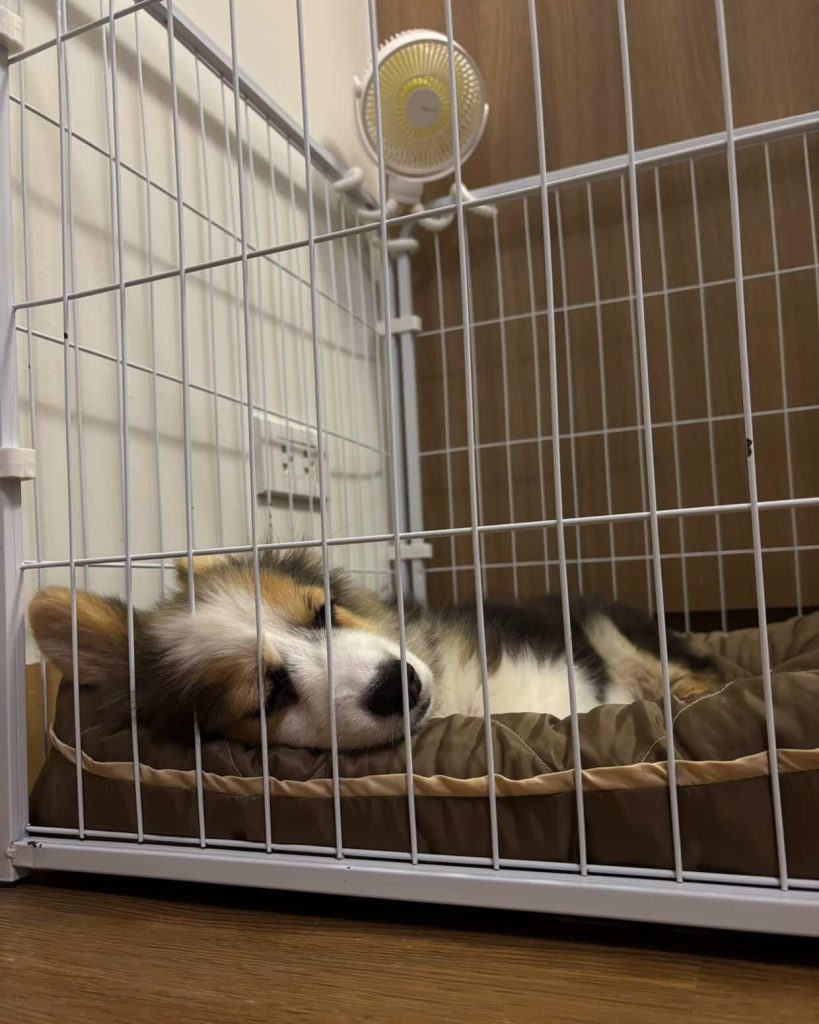
If you’re living on-site during your build or renovation, establish a dedicated pet retreat away from the action. This space should include:
- Their familiar bedding and comfort items
- Consistent access to fresh water and regular meals
- Adequate ventilation but protection from construction dust
- Sound-dampening elements like heavy curtains or white noise machines
Consider speaking with your builder about scheduling particularly disruptive work during times when you can take your pet elsewhere, such as to a friend’s home or daycare facility.
Flooring Choices That Protect Paws
The sleek, polished concrete or timber floors that look stunning in architectural magazines can become treacherous skating rinks for pets. As they scramble for traction, the constant strain can lead to joint problems, muscle injuries, and decreased confidence moving around their own home.
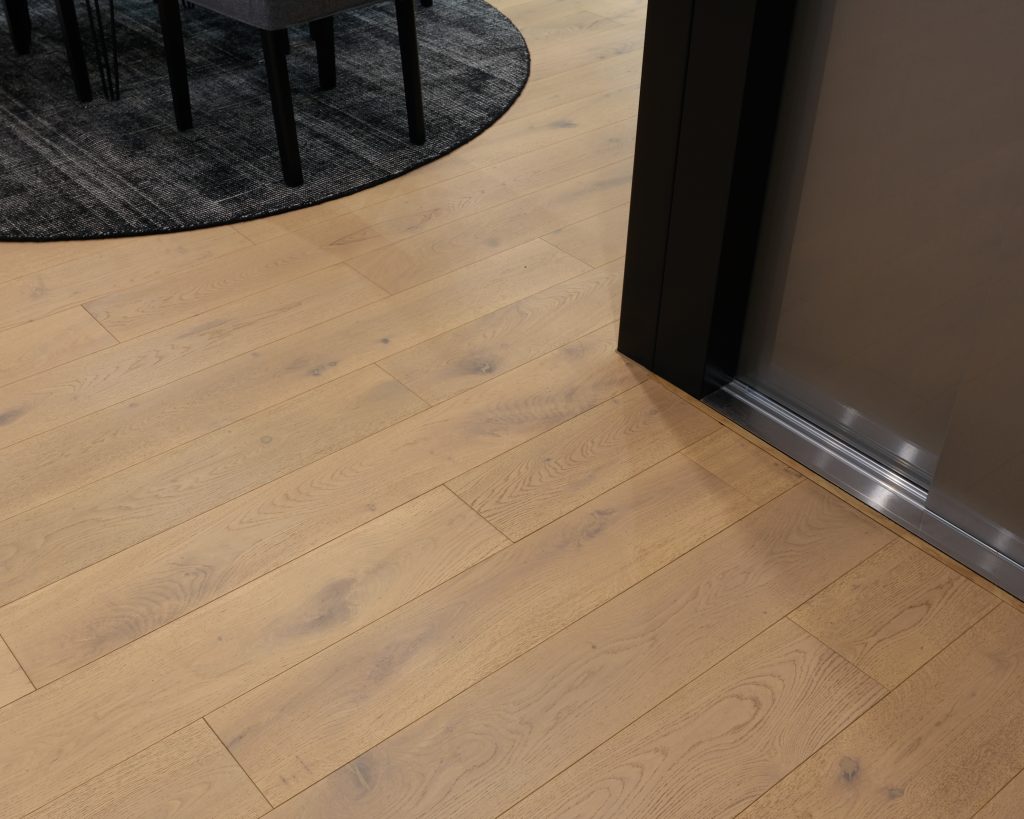
When selecting flooring materials, balance visual appeal with practical considerations:
- For timber lovers, opt for matte or satin finishes rather than high-gloss
- Consider engineered vinyl planks with embedded texture for natural-looking floors with better grip
- If choosing tiles, look for options with a slip-resistance rating suitable for wet areas
- Incorporate transition zones with washable rugs at the bottom of stairs or in high-activity areas
Remember that what works in one area might not be suitable throughout your home. Mixed flooring solutions often provide the best balance of style and functionality.
Thoughtful Pathways Through Your Home
The way your pet navigates your property deserves careful consideration during the design phase. Unlike humans, who adapt quickly to new environments, pets (especially older ones) can struggle with changes to their established routes.
For outdoor spaces, avoid steep steps without alternatives. Gentle slopes or switchback ramps integrated into landscaping can provide easier access while enhancing your garden’s visual interest.
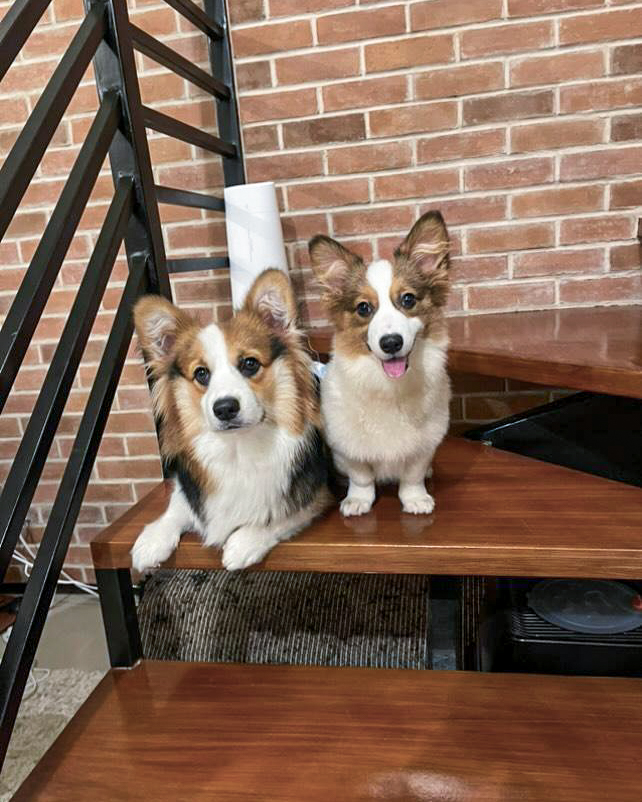
Inside, consider how your pet will move between spaces. Hallways should accommodate comfortable passage, particularly if your pet uses mobility aids or if you have larger breeds. Doorways with adequate clearance prevent uncomfortable squeezing or collisions.
Residential Lifts: The Ultimate Pet-Friendly Home Feature
For multi-level homes, stairs present one of the biggest challenges for pets, particularly those who are:
- Seniors experiencing age-related mobility decline
- Recovering from injuries or surgeries
- Breeds with structural challenges, like Dachshunds or Corgis
- Small enough that each stair represents a significant obstacle
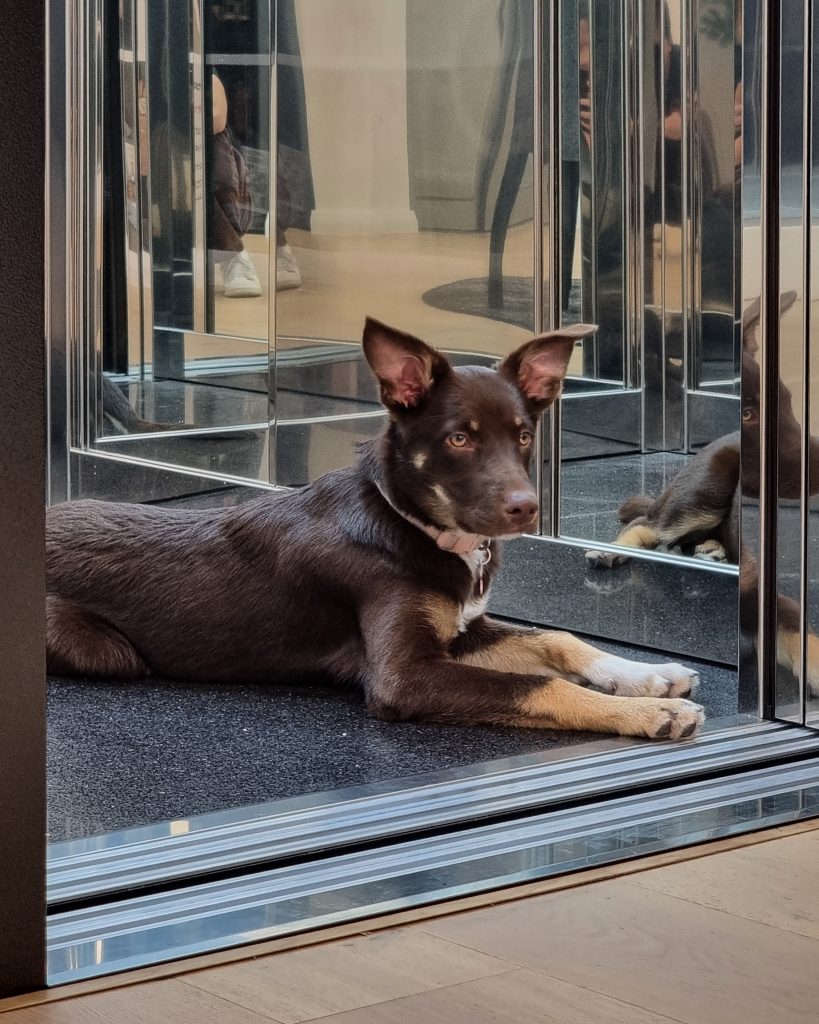
A residential lift eliminates these daily struggles while adding value to your property. Unlike carrying pets up and down stairs (which risks injury to both of you), a lift provides independence and dignity for aging or mobility-challenged animals.
Creating a Peaceful Sonic Environment
The construction phase introduces pets to the concept of household noise, but thoughtful soundproofing can create a more peaceful long-term environment. Dogs and cats can hear frequencies well beyond human perception, making seemingly minor sounds potentially distressing.
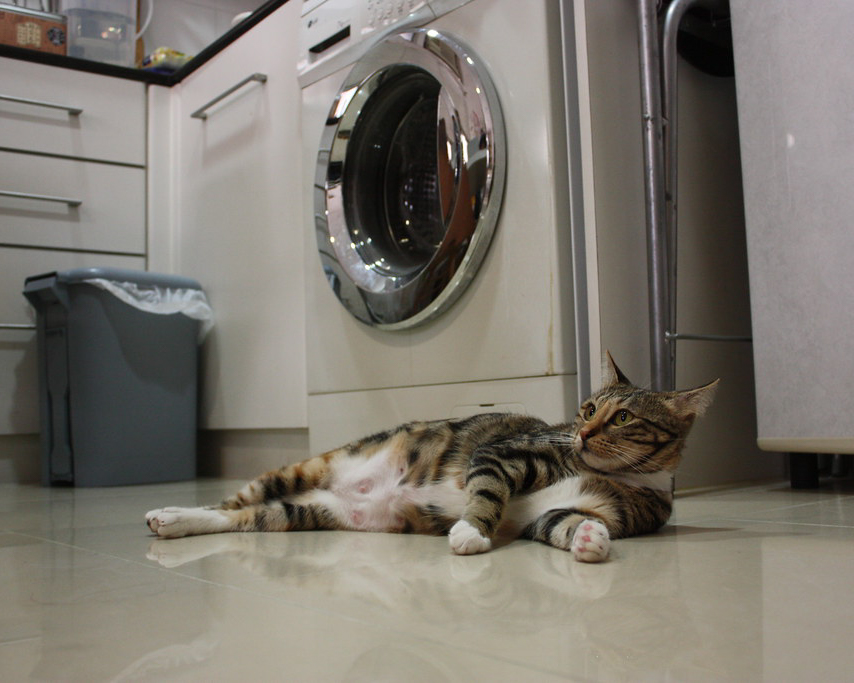
During your build or renovation:
- Add acoustic insulation to the walls surrounding mechanical rooms
- Consider sound-dampening materials around lifts, laundry areas, and home theatres
- Install soft-close mechanisms on cabinets and drawers
- Select quieter appliance models where possible
These measures create a calmer environment that benefits both pets and people, reducing stress triggers that can lead to behavioural issues.
Climate Considerations for Perth Pet Owners
Perth’s climate presents unique challenges for pet comfort. With scorching summers and cool winter nights, temperature regulation becomes vital, especially when pets are home alone.

Incorporate these pet-friendly climate control features:
- Zoned air conditioning that allows customisation of different areas
- Strategic window placement for cross-ventilation during mild weather
- Shaded outdoor areas that remain comfortable during summer heat
- Insulation that maintains stable indoor temperatures year-round
These elements work together to create a consistently comfortable environment regardless of outdoor conditions or whether you’re at home to adjust settings.

At West Coast Elevators, we’ve helped countless Perth families create homes where every family member, including those with four legs, can live comfortably. Our residential lift solutions are designed to integrate seamlessly with your home’s aesthetic while providing practical benefits that enhance daily life. If you’re ready to explore how a residential lift could enhance your pet-friendly home design, visit our Belmont showroom or contact our team for a personalised consultation tailored to your specific needs.
Related posts:

